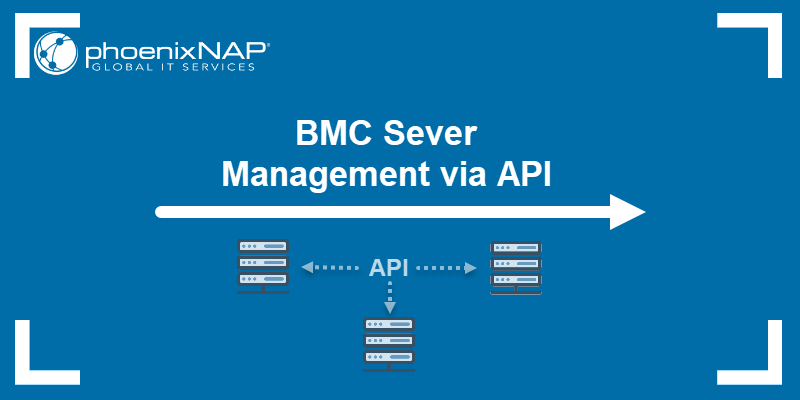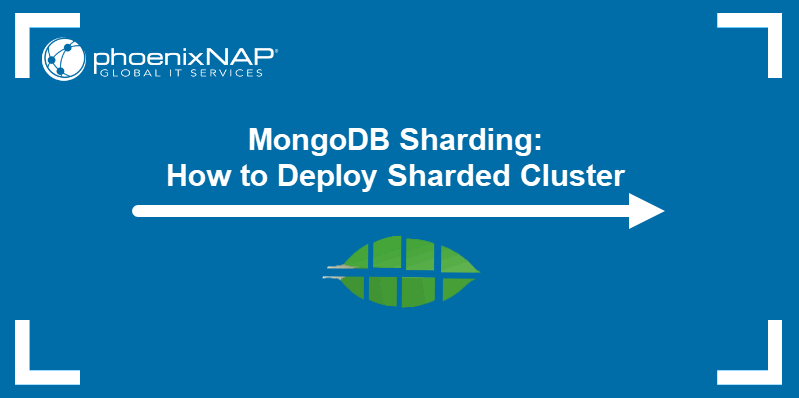As data demands grow, maximizing database performance becomes critical to avoid lost revenue. With increasing workload demands, there are many database and high-performance computing (HPC) challenges to address. Query times increase due to slow write operations, transactions slow down because of storage limits, and application performance declines due to CPU overload.
The Pliops-powered Bare Metal Cloud (BMC) instances help dramatically boost database and HPC workload performance through the integration of the Extreme Data Processor (XDP) hardware accelerator from our partner, Pliops. This product addresses the most crucial database and HPC issues: latency, throughput, and data protection.
The guide explores the Pliops XDP improvements for database and HPC workloads. We will also show how to deploy a phoenixNAP BMC Pliops server instance via BMC Portal.
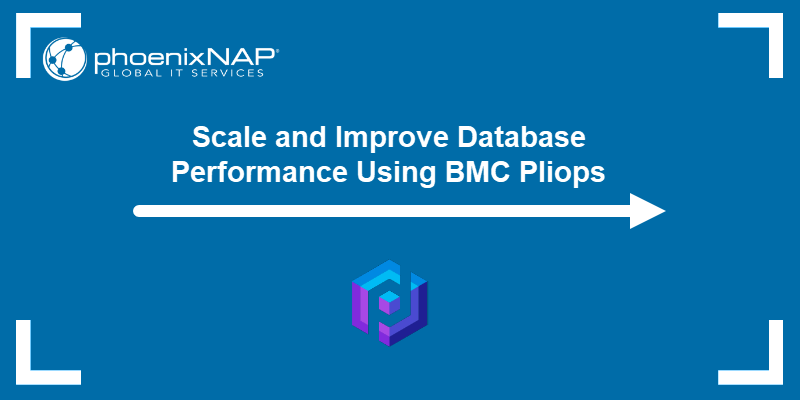
What Is Pliops XDP?
Pliops XDP is a standard PCIe expansion card, a powerful hardware accelerator integrated into the BMC Pliops instance. It contains a unique combination of technical capabilities that work together to optimize data access, latency reduction, and throughput acceleration.
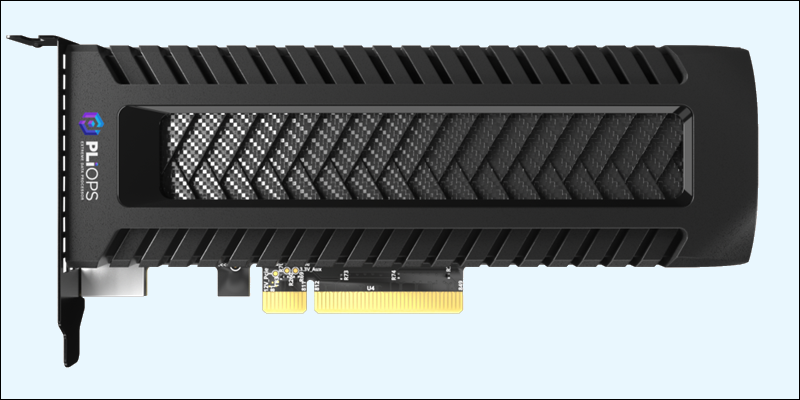
By handling these matters head-on, the Pliops XDP features unlock the full potential of the Pliops-powered BMC instance and boost performance-intensive tasks.
How Does Pliops XDP Work?
The XDP's underlying technology is the key reason behind excellent performance results. The technical innovations that contribute to workload acceleration include:
- Caching layers. Traditional storage builds rely solely on disk access, which leads to latency issues for frequently accessed data. Pliops XDP positions such data in high-speed memory caches to minimize disk I/O operations. The addition of caching layers ensures faster data retrieval and query time reduction.
- Dedicated processing engines. General-purpose CPUs often act as storage controllers. Pliops XDP uses dedicated storage processing engines designed to minimize latency. The engines use custom instruction sets and specialized algorithms to reduce response time and throughput of complex queries.
- Advanced data algorithms. Pliops uses various data optimization algorithms to enhance compression, movement, and deduplication. The algorithms aim to minimize I/O bottlenecks and maximize storage use. Usable SSD capacity increases up to 6x due to advanced lossless compression algorithms.
- Drive Failure Protection (DFP). Reliability gains often mean doing a trade-off for performance. For example, RAID setups generally have different drawbacks depending on the specific type. However, Pliops XDP uses Drive Failure Protection (DFP) to achieve RAID 5/6-type protection levels while reconstructing and restoring failed drive data (up to 5x faster than the hardware alternative). It is also 2.5x faster than a software RAID 0 setup.
Pliops XDP easily handles demanding workloads. By tackling performance degradation and security at lower levels, it boosts database and application performance up to 10x.
How Can Pliops Help with Database Acceleration?
Pliops XDP-powered BMC instances can accelerate database performance in several ways. Some key aspects that help provide database speed improvements are:
- CPU offloading. Pliops XDP manages the data flow between local SSDs and applications. These tasks are often computationally heavy, so the offloading frees the CPU from intensive workloads and makes it available for other tasks. As a result, query processing is faster, and a database becomes more responsive.
- XDP-AccelDB. This database accelerator service supports various database types, including major SQL (MySQL, MariaDB, and PostgreSQL) and NoSQL databases such as MongoDB. The accelerator mainly caters to scaling infrastructure, improving performance and cost-effectiveness for any NVMe SSD-based server instance.
- Data storage and access. When various storage optimization techniques are applied to NVMe SSDs, the result is increased data retrieval speeds and optimized storage space usage. Maximizing storage use enables the XDP card to work with larger datasets without a performance penalty.
Pliops XDP covers both SQL and NoSQL needs. It also unleashes the full potential of NVMe SSDs, resulting in a responsive and improved user experience with databases.
How Can Pliops-Powered BMC Instances Improve the Performance of HPC Applications?
The Pliops-powered instance is also appealing for HPC applications due to its storage processing boosts. In addition to the general advantages, here are some specific ways Pliops helps improve the performance of HPC applications:
- Better capacity and scalability. To scale HPC clusters, they must be able to work with extensive datasets. Pliops XDP allows you to utilize existing SSD storage, maintain high performance, and secure data.
- Improved data integrity. HPC applications require a high level of data accuracy. Pliops XDP uses data correction algorithms and other hardware-based protection mechanisms to prevent data loss and ensure data integrity.
- Hardware-based encryption. Pliops XDP supports AES 256 encryption to protect data at rest. XDP ensures the data encryption and decryption processes do not slow down server performance or data transfer rates.
Plops XDP improves HPC application performance while also enhancing application security. It provides data processing speeds required for HPC applications and simulations, making it easier to scale to larger applications over time.
Pliops-Powered BMC Instance Use Cases
Pliops XDP has many use cases, most of which apply to environments that require data integrity, performance, and scalability. Other demanding environments where it excels include:
- Machine learning and real-time analytics. Pliops XDP is ideal for training complex models on large datasets, feature engineering, and MLOps. The CPU offloading capabilities, data protection, and storage optimization techniques are ideal for machine learning environments.
- Cloud infrastructure. Cloud infrastructures constantly balance between efficiency, scalability, and performance. This solution helps optimize storage performance for cloud deployments and virtualized environments.
- Edge computing and IoT. The storage boosts are especially critical for edge computing devices that use real-time processing. Sensor networks and industrial automated control systems benefit from the boosts and improve data acquisition power.
Pliops-powered BMC instances are versatile and serve application needs for many industries and environments, especially those that are data-intensive with high-speed processing requirements.
How to Deploy a BMC Pliops Instance
The BMC Pliops instance is a BMC server with an integrated Pliops XDP card. The server instance name is d2.c4.db1.pliops1 and has the following specifications:
- Dual Intel Xeon Gold 6336Y CPU.
- Pliops XDP PCIe Card.
- 256 GB RAM (DDR4).
- 4x4TB NVMe (total 16TB storage).
- Operating system: Ubuntu Focal.
This section will show you how to deploy the BMC Pliops server via the BMC portal (GUI). Before proceeding, ensure you have the BMC portal credentials. New clients should create an account before proceeding.
Note: Other ways to deploy the server, which are more convenient for automation scripts, such as through the include the Bare Metal Cloud API or the pnapctl CLI. These two methods are more convenient for automation scripts.
Log in to the BMC portal and click the Deploy New Server button on the Home page. The three-part process is in the sections below.
Step 1: Select Server
In the server selection process, choose a location, billing, and the Pliops server. Follow the steps below:
1. Pick the physical data center location for the Pliops server.
Note: The BMC Pliops server may not always be available in all locations. Available locations will show when the server instance is selected in Step 3.
2. Choose between the two available billing models:
- Hourly. Payment is by the hour for the entire hour with no contractual obligation.
- Reservation. Reserve the resource for the chosen period. Monthly reservations automatically renew every month. Longer reservations require agreeing to the terms and conditions and do not automatically renew after the period expires.
3. Choose the number of servers to deploy.
4. Select the Pliops server configuration. Choose the DB server filter, locate the d2.c4.db1.pliops1 instance, and click Select.

If the server is unavailable in the selected location, click the Available Locations button to see the alternative locations. Choosing a different location also changes the data center site selected in Step 1.
5. Click Next to proceed to the Configure Server Instance page.
Step 2: Configure Instance
The second part helps configure the instance details:
1. Enter a unique server name in the Hostname field. Optionally, provide a brief description.
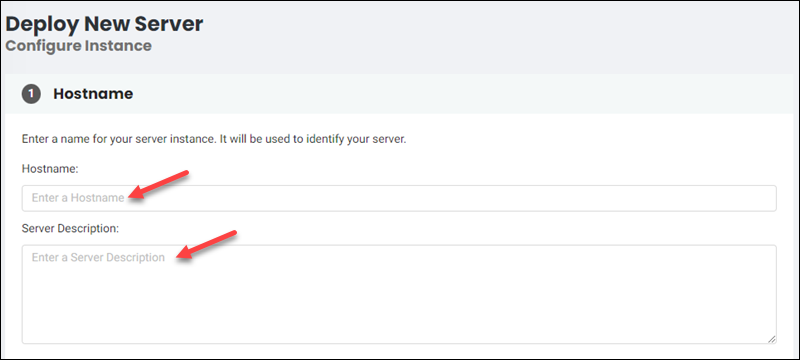
The server's name and description help differentiate between other server instances.
2. (Optional) Choose a custom root partition size. The minimum root partition size is 30GB, and the maximum is 4000GB (4TB). If omitted, the root partition uses up all available disk space.
3. Choose or provide a public SSH key. Use a saved key or click Add a new public SSH key and paste it in the field below. You may add one or several keys. The username for accessing the server via SSH is ubuntu.
4. (Optional) Add a Cloud-init script. The script runs on system boot and performs automated tasks, such as creating a user, installing packages, executing scripts, etc.
5. Click Next to proceed to the final step.
Step 3: Network & IP Settings
The final part is the networking and IP configuration. To set up the network and IP settings for the server, do the following:
1. Choose whether to buy (or assign an existing) public IP allocation. The public IP allocation allows access to the server via a public network. Otherwise, the server will be accessible only from your private network.
2. Optionally, add the server to a public or private network. Note that this step can also be done later, and it requires additional server configuration after adding it to the network.
3. Click Deploy New Server to start the deployment.
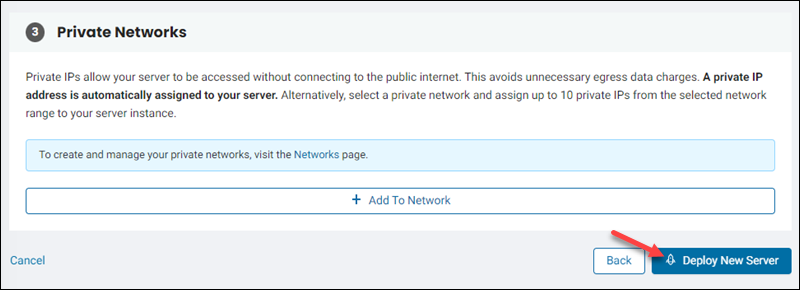
The process takes several minutes, depending on the selected configuration.
Conclusion
After reading this guide, you know how the Pliops-powered instance scales and improves application database performance. Additionally, you learned how to deploy the BMC d2.c4.db1.pliops1 instance with integrated Pliops-XDP card. The two technologies work together harmoniously to improve scalability and performance.
Next, test the server using a database such as MySQL. Follow our guide to install MySQL on Ubuntu 20.04.
